Twentieth Century automotive folklore says Honda once talked up the abilities of its first luxurious car by giving it a pretentious name – Legend. However, the floppy front-driver bearing the badge could only rely on a well furnished interior to attract custom in a class well populated with European alternatives from established brands promising ‘the ultimate driving machine’. The last Legend sold here lurched and sledged its way to a few anecdotal sales. However, the next has the dynamic potential to become master of the executive car universe.
For the mild mannered Clark Kent of the premium sedan sector has now stepped into the phone booth to rescue Honda’s aspirations to be the Japanese alternative to BMW. It emerges in muscle-flattering clothes, bearing a new symbol on its mighty chest. When Legend goes on sale in New Zealand in the middle of 2006, people are going to point to it and say:
‘Is it a bird? Is it plane? Why no, it’s Super-Handling All Wheel Drive Legend!’
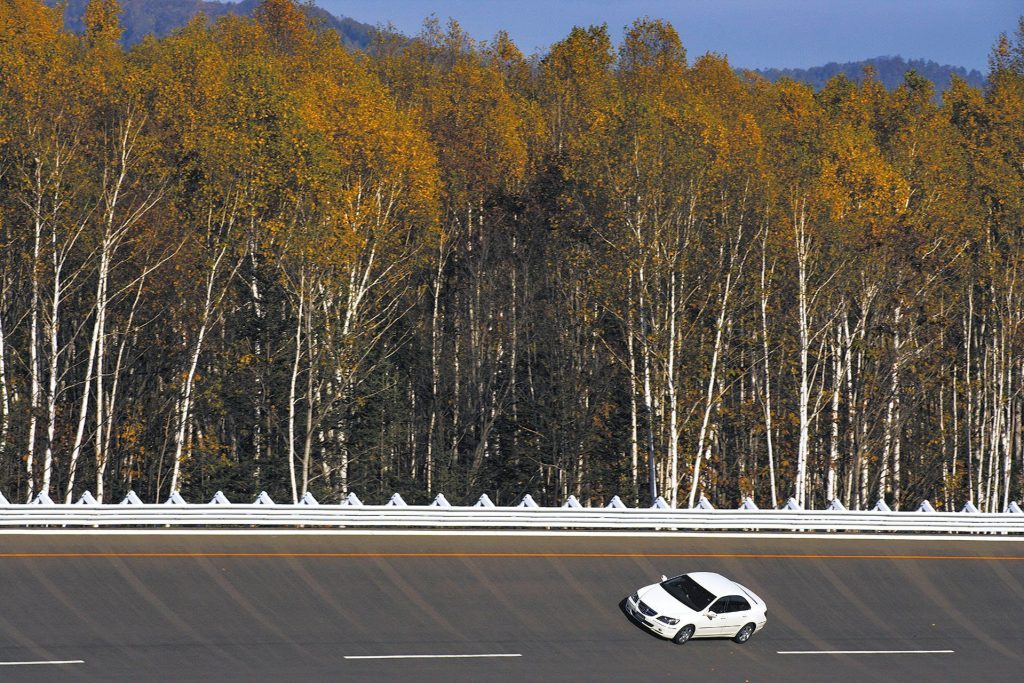
The new SH-AWD (yes, it really does stand for Super-Handling All Wheel Drive) system blesses the Honda with the paranormal cornering powers it needs to make an impact in a price sector where everyday Japanese brands tend to struggle. Look at Lexus. The top-shelf Toyota brand is only just starting to get some traction in this country and it’s fair to say it’s been a bit of a battle. Legend bears a brand more associated with sundry Civics and Accords than limousines and really needs that special something to motivate punters to stump up the readies for a high rent Honda.
If Lexus is now on the executive car radar thanks to a newfound determination to combine the best engineering in the Toyota universe with appealing design, Legend will ply a different path when it finally arrives in the middle of next year. According to our first impressions from several laps of Honda’s Nurburgring-mimicking test track in Hokkaido Honda, ever the innovator, has raised the 4wd passenger car bar further than either Audi, Volvo, or Subaru can currently imagine.
Nestled discreetly in the mountains of Japan’s northernmost island, Honda’s Takasu track challenges both cars and drivers more than the famous German road circuit that is the European car industry’s benchmark. Not only did Honda’s engineers reproduce several sections of the ’ring at their chassis-performance refinery, they also deliberately added nasty bumps, dips and crests that will either send their cars into suspension-busting tank-slappers or soaring into the air like the avian predators that give the area its name (Takasu is Japanese for Hawk’s Nest).
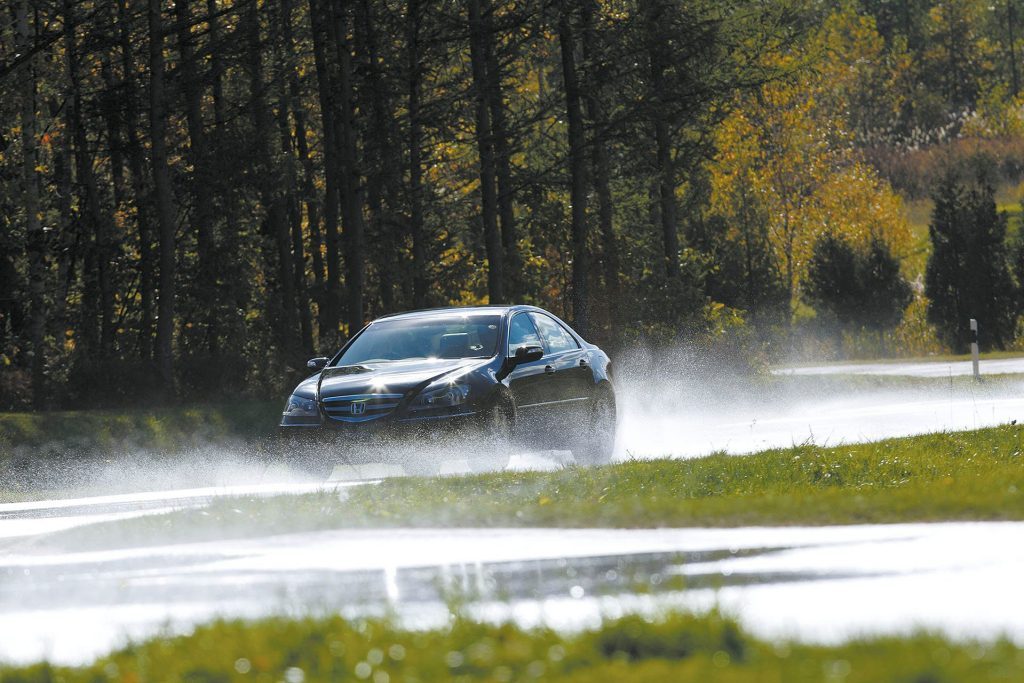
For our visit they combined three test circuits – the Pacific’s nearest equivalent to the Nurburgring’s blind-entry chicanery, a loop intended to resemble British B-roads, and a high speed circuit to recreate the flat-knacker driving of the average European motorway. The latter even includes a banked bend the Japanese-spec Legend will take with the engine head-butting its 180km/h speed limiter, and an off-camber S-section that will provide the ultimate demonstration of the car’s legendary grip and the driver’s white-knuckle bravado at the same speed.
Normally such a challenging drive programme for journalists will be controlled by added cone chicanes, no-passing rules, and early-plane-home warnings for those that rebel against the event management dictatorship. However, Honda clearly had a lot of faith in the new Legend’s ability to make great drivers of us all and basically tossed us the keys with a knowing grin. The briefest of briefings highlighted how to secure a car, and an expectation that each lap would take around 20 minutes, and that there would be enough time for each driver to do three circuits of the test course. By the seventh lap, New Zealand Autocar had samurai-ed the lap time to eight minutes and change, and neither the Legend nor its driver was raising a sweat …
It was the new-age 4wd system that made us do it. The Legend’s SH-AWD system operates via an arrangement of planetary gearsets and multi-plate clutches too complex to adequately describe, but its effects are impressive. Imagine a luxury-oriented sedan with rally-replica levels of chassis performance to really get a handle on the Legend. The New Zealand-spec cars that will go on sale in August will feature a more Euro-flavoured suspension tune that is likely to add even more grip over bumpy surfaces. Yet despite the Japan-US suspension, the Legend displayed a dynamic ability the current BMW 5 Series would find hard to emulate around Takasu.
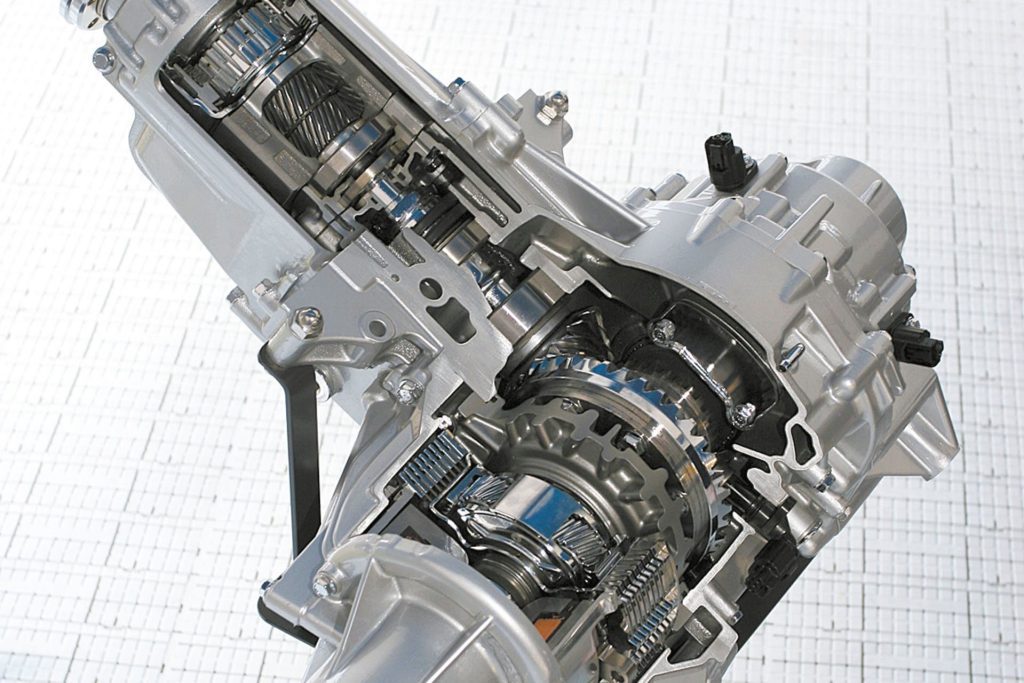
It took a red-mist driving style to unearth the understeer that defines the heaviest Honda’s chassis limits, but the new 4wd system’s ability to quickly transfer torque to the rear wheels generated an inward yaw moment to snuff out the push, setting up the car for an easily controlled four-wheel drift. With one section of the B-road track featuring sprinklers to keep the surface wet, there were a couple of occasions where the rear tyres of the Legend let go – usually during brain-fade late braking into the corner. Getting on the gas again during moments like these would transfer torque from side-to-side between the rear tyres to slow the rate of yaw. The SH-AWD system doesn’t allow the Legend to corner like a locomotive over all surfaces and conditions, but it sure makes car control as easy as picking your nose.
Only Mitsubishi’s Active Yaw Control rear diff comes close to achieving the same goals as Honda’s SH-AWD system, but you’ll only find the AYC on late-model Evolution Lancers. With Legend, Honda is signalling a desire to bring racecar-like grip to family-oriented passenger sedans. There’s every possibility the SH-AWD system will appear as a chassis enhancing option on the next Accord. Meanwhile the Legend’s far-from-shy steering also reflects the newfound sportiness of Honda’s four-wheeled product line. At Takasu, the wheel gave plenty of feedback without resorting to intrusive kickback.
The complex rear diff that is the major component of the SH-AWD powertrain weighs 65kg, and its added mass certainly helps even up Legend’s weight distribution. With 58 per cent of its weight carried on the front wheels, Legend feels better balanced than Honda’s usual front-drive fare. However, that extra mass also called for savings to be made elsewhere if Legend was to hit its target kerb weight. Honda took two routes to achieving Legend’s 1842kg. This is a slightly shorter car than the mobile couch potato-room it replaces, and extensive use of lighter materials than steel helps keep the mass pegged to Audi A6 levels. Honda used aluminium for the bonnet, front fenders, sub-frames, suspension wishbones, and brake calipers. Also keeping weight trimmed: the magnesium seat frames and carbon-fibre driveshaft. Although some 40kg heavier than the car it replaces, the wider new Legend, with its heavier drivetrain, would have tipped the scales closer to the two-tonne mark without the steel-reducing diet.
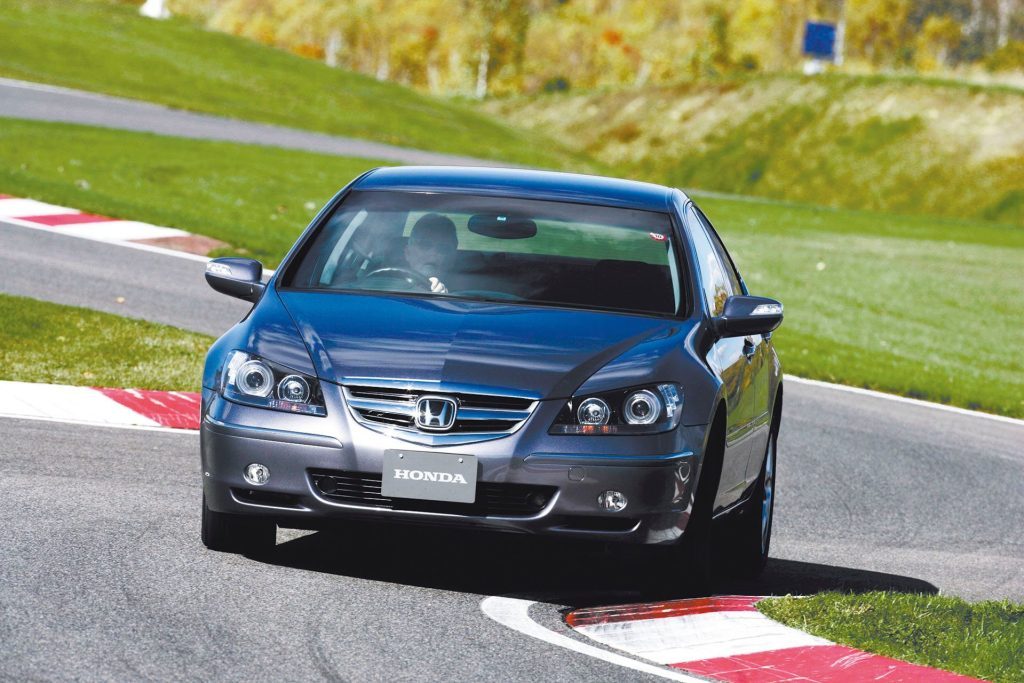
The new 3.5 litre V6 also makes a contribution to the kilogram purge. It adds extra punch while reducing motor mass by a handy five kg. The transverse (east-west) location made a V6 powerplant mandatory for Legend, but fear not Honda-philes, it produces the levels of power and torque normally associated with an old-school V8. With 221kW arriving at 6200rpm, the Legend’s V6 offers similar levels of peak power to limited-edition HSVs of last century. The motor is mated with a five-speed auto, and the result is a powertrain capable of slinging the car from rest to 100km/h in 6.9 seconds according to independent audits conducted in offshore magazines. Those same audits report average fuel consumption of 10.8L/100km (26mpg) on the open road, and 16.1L/100km (17mpg) around town.
Although some 65mm shorter, the coming car doesn’t skimp on passenger space. With a 30mm increase giving nearly two metres in length to play with, the passenger cabin’s designers could indulge in luxurious levels of leg and head room for both rows of seats. It’s only behind the occupants that the car’s overall length prune makes its presence known. At 452 litres, the Legend’s abbreviated boot is some 100 litres smaller than a Camry’s.
Sure looks pretty though. The gentle slope of the C-pillar into the short boot lid lends the Legend the elegance of a Euro. From some angles it looks Phaeton-esque, although without the mid-riff flab.
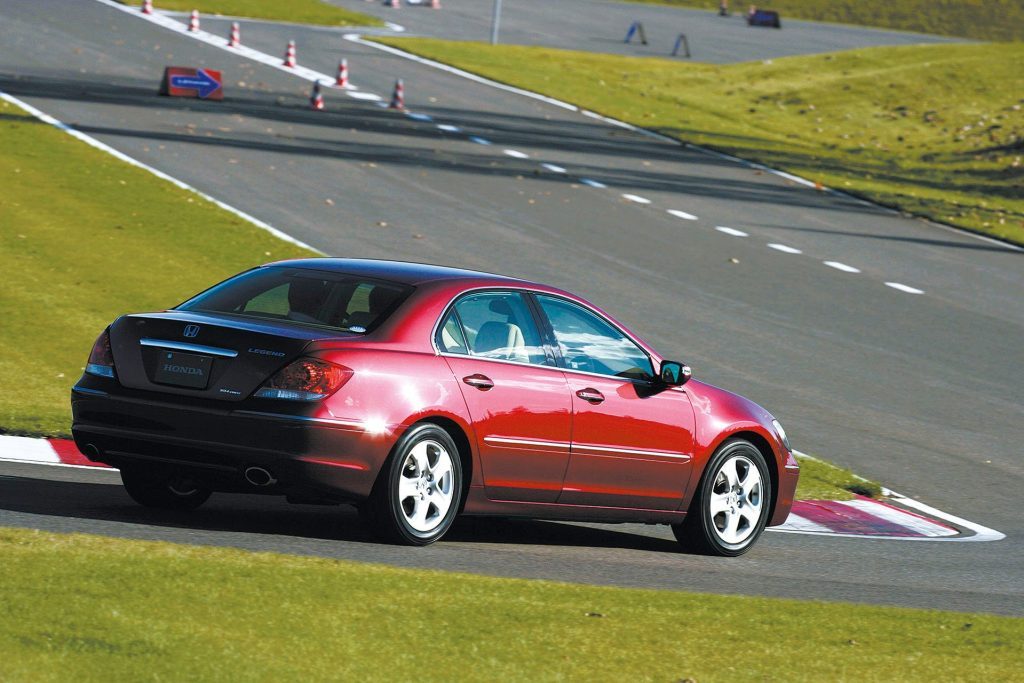
Internally, Legend displays similar adventurous design to recent Hondas (notably Odyssey and both Accords). Three of the four steering spokes have controls mounted on them for easy access, and there’s another two control panels in between them. If that’s not enough to play with, the centre console is a daunting display of buttons and switches at first. The driver soon gets to grip with what’s on offer in the cockpit, after coming to the realisation that large chunks of these controls are for easy-to-operate systems like the sat-nav and climate control. Honda has steered away from a computer-like interface such as BMW’s iDrive or Audi’s MMI, and there are pluses and minuses with this approach. On the positive side, it’s all easily accessible within seconds with minimal distraction for the driver’s eyes from the road. The negative is the visual clutter all the switches and buttons present, especially as those on the centre console are squeezed for space by Honda’s choice of a permanent site for the requisite sat-nav system.
One factor in this control overload is the Honda’s wealth of fitted equipment. This is the car Mercedes turned to for inspiration when fitting out the new S-class, the Honda having introduced, almost a year ago, systems like the night-vision pedestrian warning system and active cruise control to the US and Japanese markets.
Meanwhile, New Zealand has to wait until mid-2006 for Legend’s debut. No one at Honda could answer why the wait is so long. However, Honda NZ’s head honcho, Graeme Seymour, did promise us “the best (Legend) price in the world.” This means Legend will combine Lexus-like refinement with BMW-like dynamics for a Fairlane-like price when it finally arrives.
| Model | Honda Legend SH-AWD |
| Price | $86,750 |
| Engine | 3498cc V6, EFI |
| Power | 221kW/353Nm |
| Drivetrain | 5-speed auto, AWD |
| Fuel Use | 11.5L/100km |
| 0-100km/h | 6.90sec |
| Weight | 1842kg |
This article originally appeared in the December 2005 issue of NZ Autocar Magazine.


